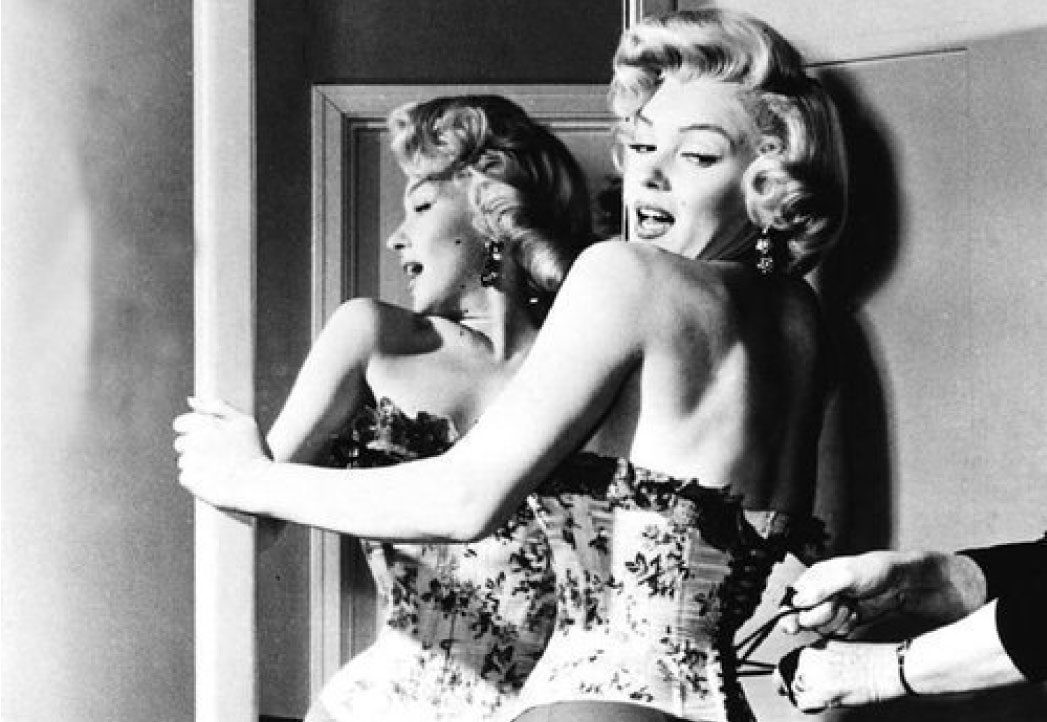
CORSET -THIS BEAUTIFUL, UNCOMFORTABLE OBJECT OF DESIRE
One Saturday, a colleague asked me to tie her corset and to squeeze as much as I could, as I did with gusto. That reminded me of the retro advertisements for corsets that were circulating the Internet a few months ago as well as on my plan to write something about them. Personally, I love corsets, although I do not wear them as often as I used to.
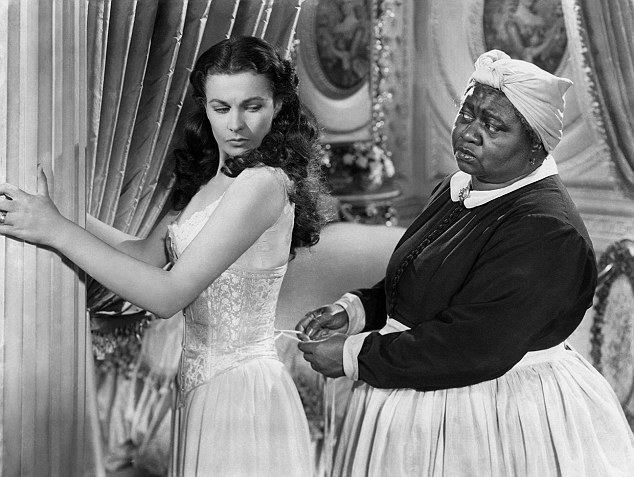
One anecdote is stuck in my mind. I was going to one of those annoying pre-Christmas celebrations with my company, it was the first time that my partner and I went as a couple. Some of my colleagues did not like the fact that we were a new couple, because they fancied him. Of them all, he just chose a strange IT specialist, with a strange sense of fashion and appearance that does not fit into their criteria of beauty. And I, I was blossoming with luck. I looked better than ever and I wore what I considered a beautiful combination, to the delight of men, stunned expression of my partner, and a taunting grumbling by the female part of the audience. The combination consisted of a black, tight, satin skirt that on the front side had a tying similar to the one in the corset, a corset made of black lace with pink (almost nude) base (at the first glance it looked translucent), waist jacket made of satin, nude peep toe stilettos with sky- high heels, pink beads around the neck, long black lace gloves, and a curly bob hairstyle. I looked as if I had fallen out of a burlesque.
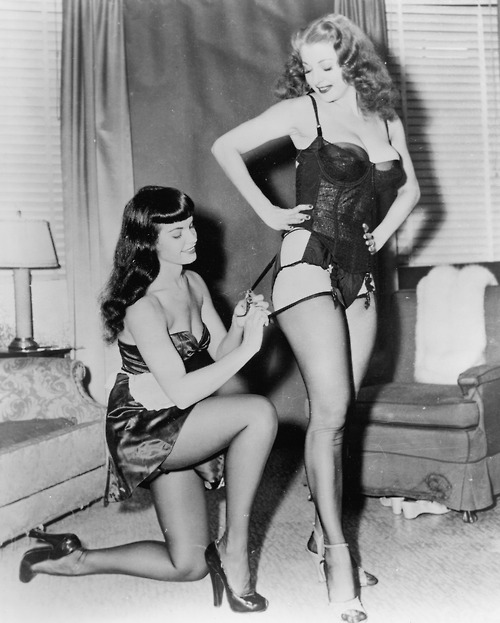 Why is the corset so powerful? The woman in it gets an hourglass shape, it highlights the curves, and apart from the looks itself, the woman in it is in a way constrained, strapped and bound, as excessively high heels contribute to sexual attraction. Yet not all women have the same opinion of it. Corsets are the historical synonym for drawing the body tight. When corsets are mentioned, back in the day the first association used to be, at the time of the creation of the feminist movement, that women were being oppressed. As if it were not enough that most were denied the rights enjoyed by men, they were forced to wear this frightening clothing item that made the ladies of the high society faint. We were liberated from the corset and now we were free.
Why is the corset so powerful? The woman in it gets an hourglass shape, it highlights the curves, and apart from the looks itself, the woman in it is in a way constrained, strapped and bound, as excessively high heels contribute to sexual attraction. Yet not all women have the same opinion of it. Corsets are the historical synonym for drawing the body tight. When corsets are mentioned, back in the day the first association used to be, at the time of the creation of the feminist movement, that women were being oppressed. As if it were not enough that most were denied the rights enjoyed by men, they were forced to wear this frightening clothing item that made the ladies of the high society faint. We were liberated from the corset and now we were free.

What, in turn, is with the desire to be slim? Often in this modern age it is emphasized that fuller women were modern, that feminine curves were celebrated, etc. Fuller is not the same as fat. Doesn’t anybody realize that it used to be required of women to be slim, to have a waist that had a stomach that was almost perfect? I agree, the anorexic look of today’s models was not celebrated, but definitely not even then were fat women the epitome of beauty.
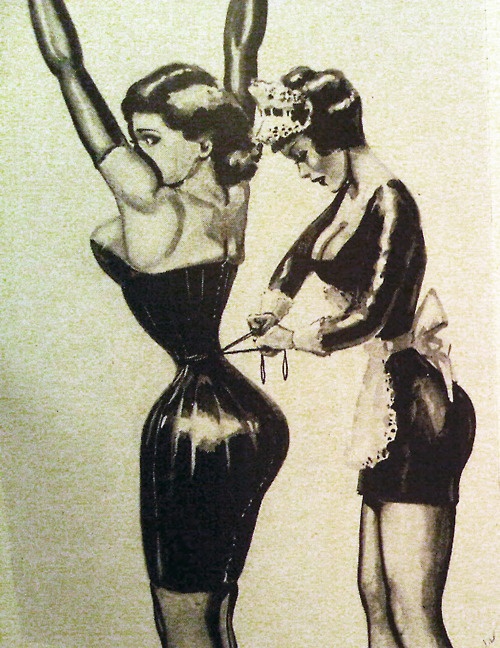
Look at advertisements for corsets or take a look at any movie from the 1950s. The other day, I watched again Marilyn Monroe in the movie “Gentelmen Prefer Blondes” from 1953. The waist, hips and breasts are emphasized, not the corpulence. Since I write about fashion, writing in depth about the desirable appearance of the female body will inevitably find its way into my texts, so I’ll skip writing about these thoughts for now. Let’s go back a little to the corsets.

The word corset is derived from the Old French word cors, a diminutive of the word body, and comes from the Latin word corpus, of a similar meaning. The corset is a garment intended to reduce body through tightening. Over the centuries, in different forms and with different purposes (medical, aesthetic, fetish) it was worn by both women and men, but has been mainly a garment for women. Corsets are worn today, but it should be noted that today’s corsets are a much milder version of the corsets worn back in the day. The corset as a fashion item arose from the desire and the need to make the body look slimmer. In that way the corset has always been a true ally of beauty and femininity as it provided the ladies with the perfect posture, a slim waist and a nice bust.
History of corsets
The first corsets appeared in the 16th century. They were conical and cylindrical in shape, and were worn on dresses with exaggerated shoulders. Their task was to press the breasts.
At the end of the 18th century short corsets were worn, which barely stretched beneath the breast to raise and adhere to the chest.
With the arrival of the Victorian era, the corset experienced a boom, and the long corsets that raise chest and squeeze your waistline started being used. For the first time ever, the notion of the female body in the shape of an hourglass entered the fashion also as an ideal of feminine beauty. At that time, a slim waist symbolized a high social status.
Then the first tightlacers appeared. Due to the extremely bad impact on the health, precisely this model contributed to the corsets’ bad reputation. As an alternative to this the Edwardian models emerged, which exercised a lot less pressure on the abdomen, but it pushed the torso forward and thereby infringed the balance.
In the 19th century, the hourglass figure became popular among men, and they also wore corsets.
Due to the need for savings during World War I, women were asked not to buy corsets, which is why it declined in popularity. Due to the economic and social changes after World War I and the relatively imminent World War II, corsets didn’t regain their popularity until the end of the last century. Corsets went out of fashion in the 1920s when they were replaced by brassieres, but survived as a part of the historical costumes.
In its beginning, the corset was an item of clothing that was worn under the dress, and as it used to be the case, but also today, the corset has been worn so that on the front or on the back it is tightened by binding or buttoning up, or by a buckle or hook. The corsets were made by special masters, corsetieres, from a flexible material, usually silk, cotton and leather, which were fixed by firm parts of wood, steel, fish bone, ivory, and later plastic as the base for the structure. In the 19th century the skeleton was made of steel and fish bones, and nowadays plastic and steel are used. Today, the corsets can be divided into overbust corsets, which stretch over her breasts, and underbust corsets, which reach just below the breasts.
Some corsets are equated with a stays, but I believe that you, as I do, under each of these two terms have a different picture in mind.
Return of the corset
From the classical form of the Victorian dresses, the corset has survived to the 20th century. It entered the high fashion big time in the 1940s through Dior’s creations. The 1980s corsets became popular in the Goth subculture, where they have remained a popular fashion item till today. Since then, the corsets have returned a few times into fashion, usually in the direction from high fashion to fashion for the masses. Those returns into fashion were focused on the corset as an independent item of clothing.
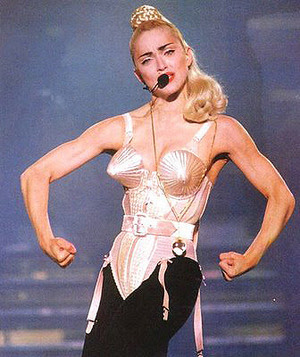
In 1990, Jean Paul Gaultier designed for Madonna one of the most popular corsets of the modern era, corset with spikes on the breasts.
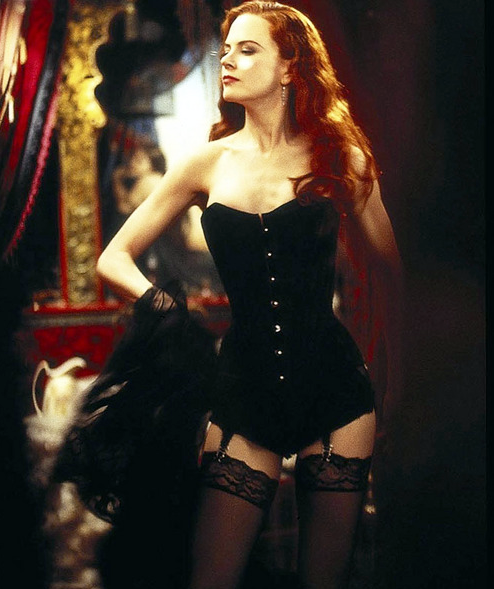
In 2001 the movie Moulin Rouge contributed to the return of the popularity of the corset.
In addition to Nicole Kidman in that movie, we could see many other celebrities wearing a corset, such as Kylie Minogue, and they are an essential part of the style that Dita Von Teese wears.
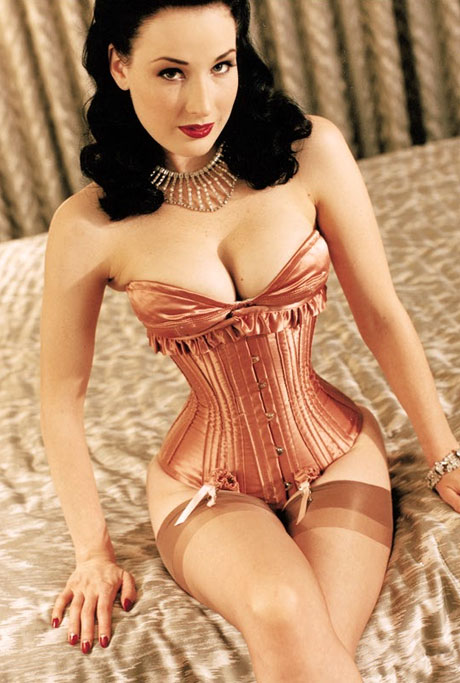
The fact that some people have a fetish for corsets needs no emphasis. In BDSM, the bottom can be worn by a very tightly pinched corset that will restrict the movements, and the top can be worn by a corset for aesthetic reasons. Some people (regardless of gender) can experience sexual arousal or orgasm solely by wearing tightly clamped corsets.


